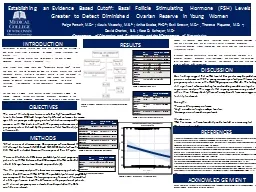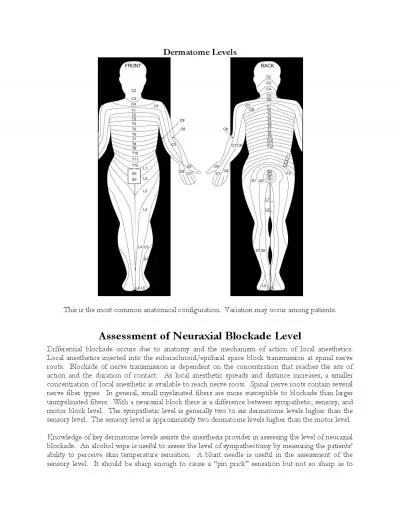PPT-Levels of Data
Author : liane-varnes | Published Date : 2017-06-24
NOIR Nominal Ordinal Interval Ratio Task 1 Task 1 As a class you will need to organise yourself into two groups tall people and short people Then record the number
Presentation Embed Code
Download Presentation
Download Presentation The PPT/PDF document "Levels of Data" is the property of its rightful owner. Permission is granted to download and print the materials on this website for personal, non-commercial use only, and to display it on your personal computer provided you do not modify the materials and that you retain all copyright notices contained in the materials. By downloading content from our website, you accept the terms of this agreement.
Levels of Data: Transcript
Download Rules Of Document
"Levels of Data"The content belongs to its owner. You may download and print it for personal use, without modification, and keep all copyright notices. By downloading, you agree to these terms.
Related Documents














